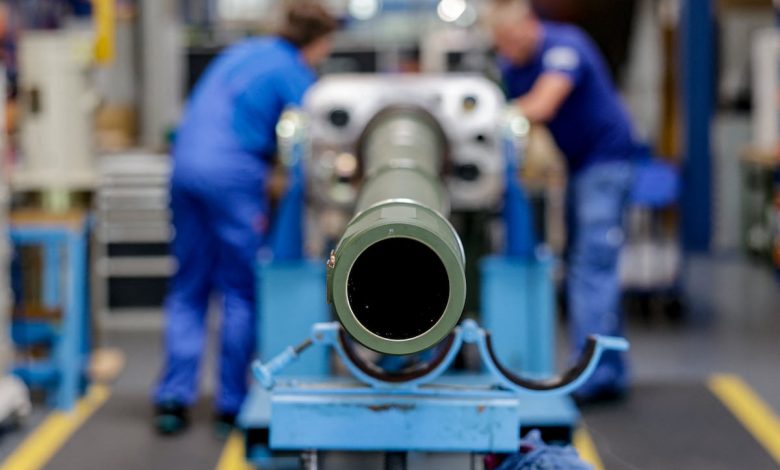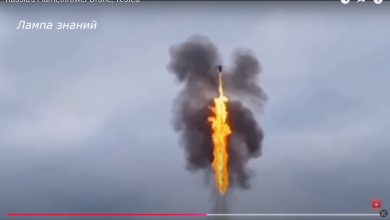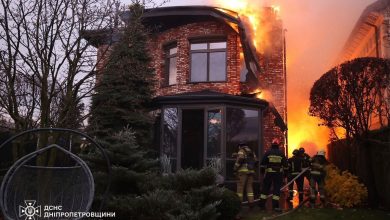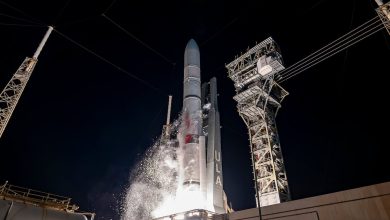European defense firms book double-digit growth amid war in Ukraine

ROME — As the war in Ukraine boosts arms spending across Europe, the continent’s defense industry grew by 16.9 percent last year, reaching revenue of nearly €160 billion, or almost $170 billion, a trade association has reported.
The sector also saw employment swell by 8.9 percent to reach a head count of 581,000, the Aerospace, Security and Defence Industries Association of Europe (ASD) said on Tuesday.
Defense firms across Europe have reported improved results since Russia’s invasion of Ukraine in February 2022 as governments hurriedly beef up their militaries.
The ASD, which compiles data from its 3,000 member firms in 17 countries, said that exports outside the bloc also rose in 2023 by 12.6 percent to reach €57.4bn.
“These exports play a vital role in sustaining the competitive economic performance of the European defense industry, considering the relatively modest size of domestic European markets and the substantial development costs involved,” the association said in a statement.
Breaking down the numbers, the ASD said Europe’s defense aerospace sector grew by 15.8 percent to reach €64.8bn in revenue in 2023, the naval sector grew by 17.7 percent to €37.9bn and the land sector also grew by 17.7 percent to €56.2bn. The three sectors combined for a revenue of €158.8bn.
Of the total number of 581,000 employed in the defense sector, the ASD reported that 217,000 work in aeronautics – including 17,700 new jobs added in 2023, while the remaining 364,000 jobs are in the land and naval sectors.
Despite the growth, the association said the sector was “navigating through a critical period marked by significant challenges.”
It stated, “Decades of underinvestment and off-the-shelf procurement from non-European providers have led to dramatically reduced production capabilities in Europe, a strategic flaw that was laid bare as a consequence of Russia’s full-scale invasion of Ukraine.”
Relying on outside suppliers for critical minerals and semi-conductors was another challenge, it said.
“Addressing these issues requires a concerted effort to increase investment, streamline demand and supply, and develop strategies to reduce dependency on external sources for critical manufacturing components,” it said.
“After the Russian annexation of Crimea in 2014, the combined defense budget of EU Member States has seen only an increase of approximately 20 percent, a figure that pales in comparison to the substantial increases by Russia and China, which have raised their defense budgets by nearly300 percent and 600 percent in that period, respectively,” it added.
Turning to the combined aerospace, space and defense sectors in Europe, the ASD said total revenue grew by 10.1 percent in 2023 to reach €290.4bn, with firms adding 76,000 new jobs to reach total head count of 1,027,000 last year.
Tom Kington is the Italy correspondent for Defense News.
Read the full article here






